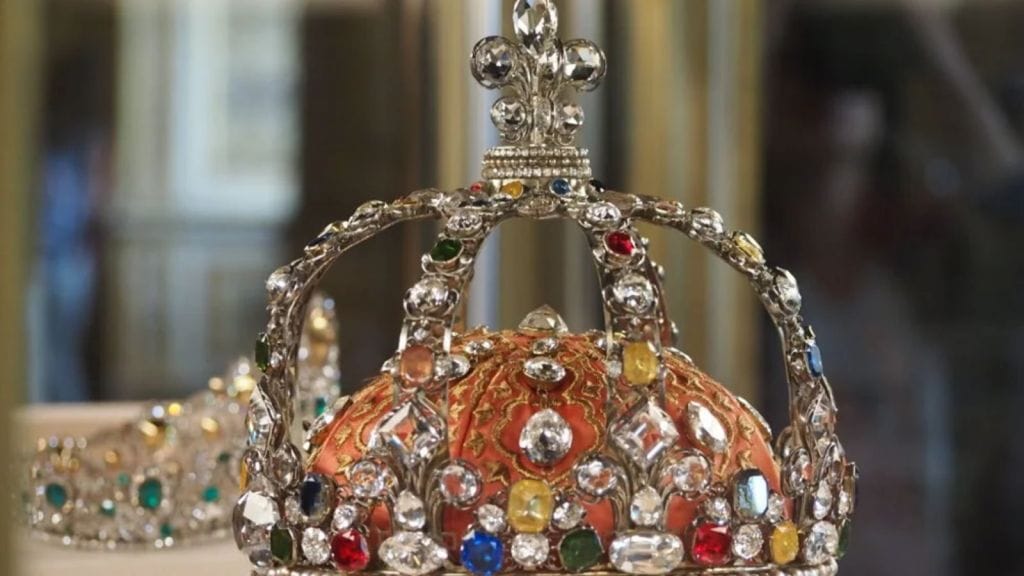In a 7-minute dramatic heist at the iconic Louvre museum of Paris, thieves brazenly stole eight timeless jewels but left one massive diamond worth an estimated $60 million untouched in its case, and it’s said to be cursed.
“I don’t have an explanation,” Paris Prosecutor Laure Beccuau told Reuters when asked why the Regent Diamond was untouched. “It’ll only be when they’re in custody and face investigators that we’ll know what type of order they had and why they didn’t target that window.” It was one of the most valuable gems in the entire collection: the Regent Diamond, a massive 140.6-carat stone with origins from India.
The ‘cursed’ Diamond from India
For centuries, the Regent Diamond has carried a reputation for being cursed. According to the legend the diamond was discovered in India in 1701 by an enslaved man who tried to flee with the gem hidden in a leg wound. He was killed by the sea captain who had promised to help him escape the country and the diamond was soon on its way through Europe’s royal courts, leaving a trail of misfortune in its wake. Ever since it was mined in the 18th century, the diamond has been stolen several times. However this time, it was spared.
The diamond finally reached England, where it was cut into smaller stones. One of these was sold to Philippe II, the regent of Louis XV, from where the gem got its famous name. It later adorned the crowns of Louis XV and Louis XVI, and even Marie Antoinette’s hat.
According to Marie Clarie, when the French Revolution happened, both Louis XVI and Marie Antoinette were executed, and the diamond was stolen. Years later, it was found in Paris attic, and then found its way tyo Napoleon Bonaparte, who got it mounted on his sword. Napoleon died in exile on the remote island of Saint Helena in 1821.
The Regent Diamond seemed to carry tragedy wherever it went. In the late 1800s, when France decided to sell much of its crown jewels, the government chose to keep the Regent. It was at times used to secure France’s foreign loans.
A gang of four thieves, believed by experts to be professionals who knew exactly what they were after, managed to escape with a sapphire and diamond tiara, necklace, and earrings that once belonged to Queen Marie-Amélie and Queen Hortense’s parure, as well as Empress Eugénie’s pearl tiara, an emerald necklace and earrings from Marie-Louise’s parure, a reliquary brooch, and a bow brooch from Empress Eugénie’s bodice.


